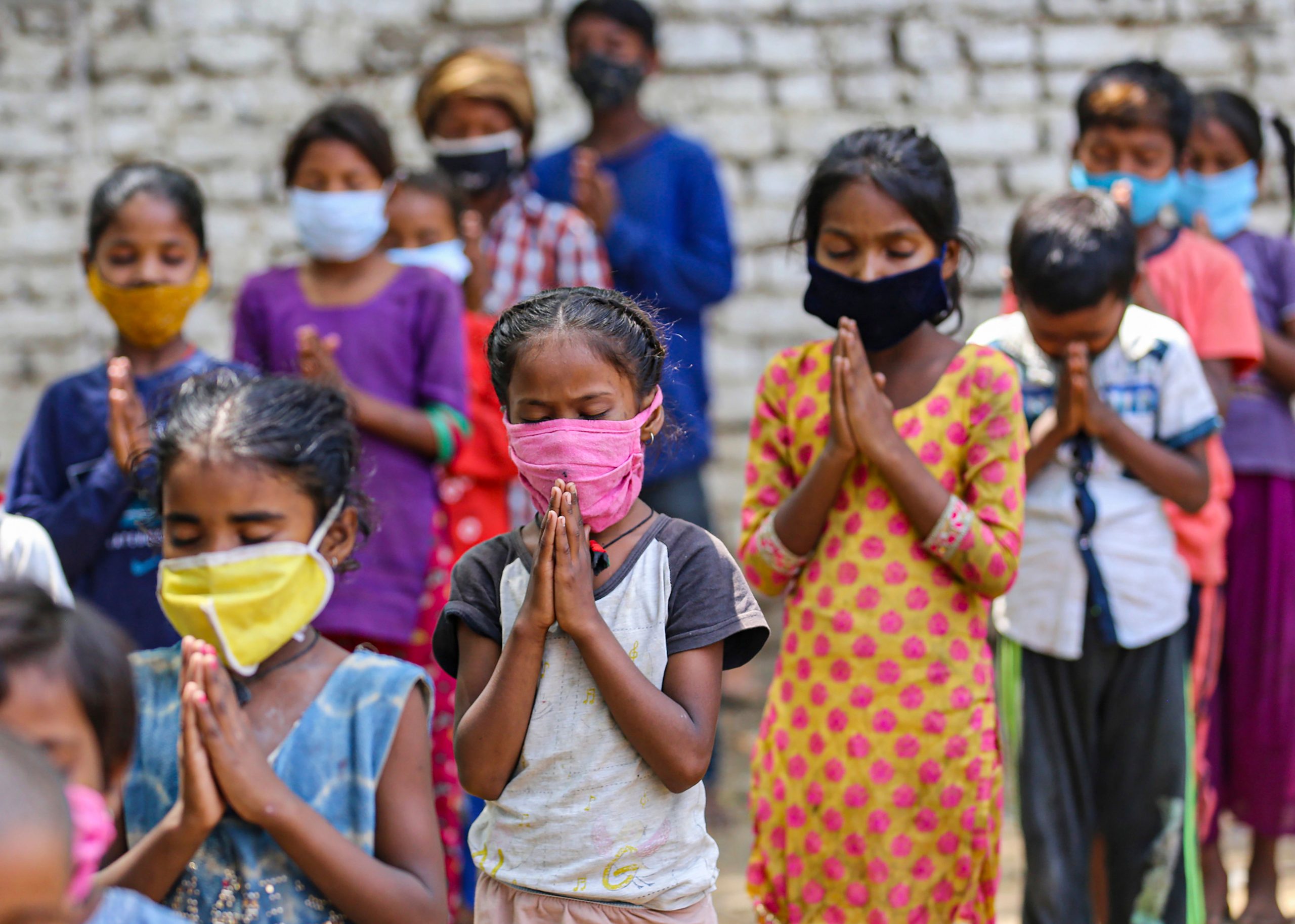According to a serosurvey done by the All India Institute of Medical Sciences (AIIMS), New Delhi, any prospective wave of COVID-19 caused by the current coronavirus variations is extremely unlikely to disproportionately impact children aged two years or older.
This comes as a number of officials and health professionals have raised concerns about the possibility of a third wave, which would mostly impact children rather than adults.
Between March 15 and June 10, 2021, AIIMS gathered data from 4,509 individuals in four states, 700 of whom were under the age of 18 and 3,809 of them were older, the Business Standard reported.
Seroprevalence (the presence of COVID antibodies) was reported in 55.7% of kids aged between 2 to 17 and 63.5% of those aged 18 and up in the interim study.
Also Read | G7 summit: Did leaders flout COVID protocols?
“There was no statistically significant difference in prevalence between adults and children,” the study said, as quoted by the Business Standard.
COVID-19 infection was found in a high number of children who were asymptomatic. The total seroprevalence rate was discovered to be 65.9%.
In the second countrywide seroprevalence survey, conducted in August-September 2020, 9% of the 3,021 children aged from 10 to 17 years were confirmed to be seropositive. According to the latest AIIMS research, 60.3% of those aged between 10 to 17 have previously been infected with COVID, the Business Standard reported.
Because schools were shut during the pandemic, AIIMS scientists believe that children contracted the disease via household adults. When children are affected, it is unclear if they generate the same level of antibodies as adults, according to the study.
Also Read | Thousands of Olympic staff, volunteers vaccinated as Tokyo Games near
The AIIMS project is part of a larger multi-centric population-based seroepidemiological research, with a proposed sample size of 10,000 people, that is now underway in five states.
Rural sites in Delhi exhibited lower seropositivity than urban regions, regardless of age categories, according to the survey. Children in remote regions showed somewhat lower seropositivity than adults.
In comparison to men, female volunteers had somewhat higher seroprevalence (59%) than males (53%).
Identical seropositivity rates of 42.4% and 43.8% were seen in children aged 2-4 years and 5-9 years, respectively. This was lower than the 60.3% prevalence seen in youngsters aged 10-17.
“The higher seropositivity rate in children aged 10-17 years may be reflective of their higher mobility and independence compared to the younger children,” the study said, as quoted by the Business Standard.
Also Read | India records 62,480 new COVID cases, infection tally nears 30 million
In comparison to the sixth serosurvey performed in January 2021 in Delhi, when 56% of the people sampled exhibited indications of prior infection, the study discovered that the seropositivity rate was higher at 74.7%.
The survey comprised four rural sites, with Gorakhpur having the highest seroprevalence (almost 88%) and Faridabad having the lowest, with just around 59% showing indications of previous COVID infection.
The data was gathered from the Delhi urban resettlement colony, villages in the Delhi NCR’s Faridabad district, and rural areas of Bhubaneswar, Gorakhpur, and Agartala.







